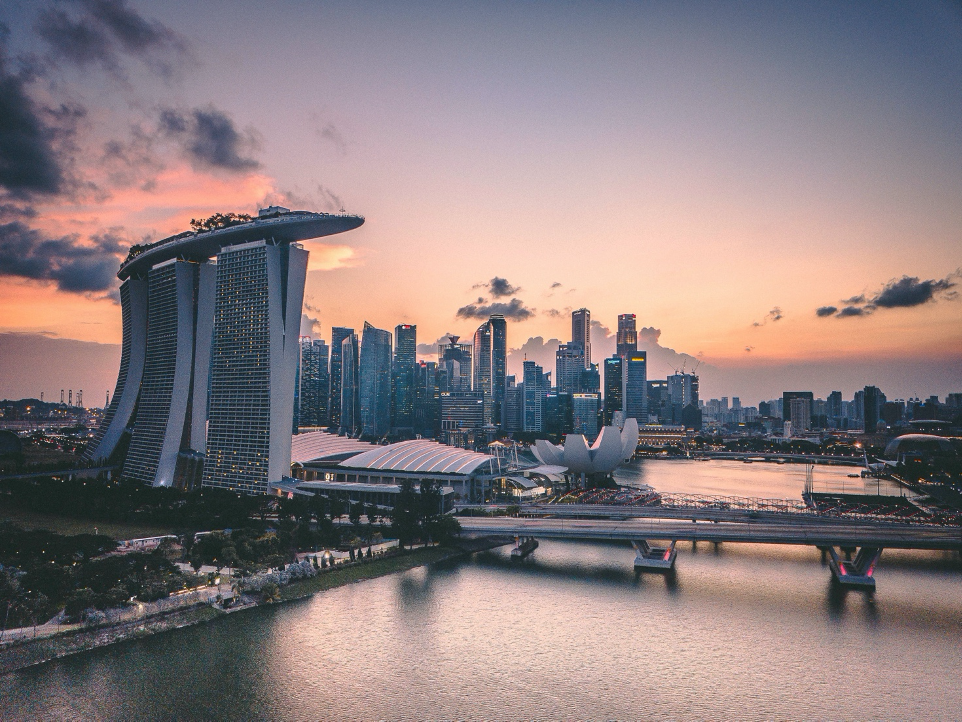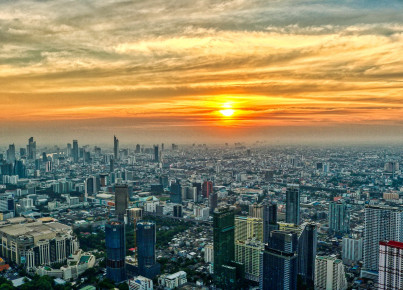Singapore’s experience with the virus reveals the complexity of the pandemic and the importance of a cautious approach to its management.
On June 25th the Italy-ASEAN Association organized a webinar on Singapore and its response to the pandemic with the Italian Ambassador in Singapore, Raffaele Langella and the President of the Singapore Institute of International Affairs, Simon Tay.
When Singapore confirmed the first case of Covid-19 on January 23rd, the government rapidly implemented effective measures that contributed to contain the virus and significantly limit the number of infected people. Subsequently, between February and March, Singapore experienced a second moderate wave of contagion, attributable to flows of Singaporeans repatriated from abroad. Until the beginning of April, Singapore had less than 1000 cases and only 3 deaths due to the virus. However, in April, Singapore was hit by a third wave of Covid-19. This time the vast majority of cases occurred among the more than 300,000 migrant workers living in large dorms at the outskirts of the city, and the number of infections increased rapidly within a few weeks. As a result of this new surge, the Singaporean government was forced to impose more restrictive measures on the movement of citizens. Since 7 April, Singaporean citizens have had to comply with preventive measures called circuit breakers, which include the closure of all non-essential activities and the obligation to respect social distancing measures.circuit breaker, che prevedono la chiusura di tutte le attività non essenziali e l’obbligo di rispettare il distanziamento sociale.
In economic terms, Singapore's GDP is expected to fall by between -7% and -4% this year. Therefore, the government has responded with a significant increase in public spending, through four economic stimulus packages to support the economy, amounting to about 19% of Singapore's GDP. The intervention aims at supporting families, businesses and workers with measures such as subsidies, moratoria, tax deductions and favorable financing conditions for the most affected sectors (in particular tourism and aviation).
The evolution of the health emergency in Singapore has shown both strengths and weaknesses of the city-state. Technological infrastructures and high level scientific research have enabled the government to respond effectively to the first cases of coronavirus in the country, revealing a certain scientific reactivity. This has allowed many economic activities to continue despite the pandemic, reducing the impact of the virus on the productive fabric of the country. However, the pandemic also showed some weaknesses of Singapore’s country system. As a commercial and financial hub, its dependence on regional and global interconnections has weighed and will weigh heavily on the government's ability to revive the country. Air and naval traffic has dropped dramatically, and this threatens to create serious problems for Singapore's economy. Moreover, the case of the immigrant workers has revealed one of the few weak points of the city-state: a direct dependence on foreign labor that is fundamental for the effective functioning of a smart-city like Singapore.
It will be crucial for Singapore to reopen its economic system to international trade as soon as possible, in order to intercept new trends and strengthen the global dimension of the Singaporean economy.
Article edited by Tullio Ambrosone






